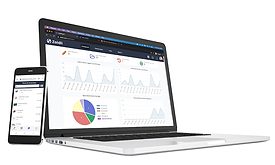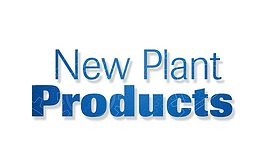Home » Keywords: » CMMS
Items Tagged with 'CMMS'
ARTICLES
Today’s CMMS software not only keeps track of maintenance, but mobile versions with video show operators how to keep machines running.
Read More
Facility Management
7 Ways CMMS Software Benefits Food and Beverage Facilities in 2023
May 12, 2023
Maintenance trends
Computerized maintenance in 2022
Whether considering adopting CMMS this year or curious about what to expect from current products, here's a look at some of the technology’s advances
December 15, 2021
Maintenance
Moving CMMS to the cloud
Web-based CMMS can save money, but security must be robust
July 23, 2018
Maintenance
TPM, integrating maintenance systems and the cloud
Total productive maintenance takes PM to the next level, while integrating CMMS, EAM and ERP systems increases the level of performance of maintenance activities
July 23, 2018
Elevate your expertise in food engineering with unparalleled insights and connections.
Get the latest industry updates tailored your way.
JOIN TODAY!Copyright ©2025. All Rights Reserved BNP Media.
Design, CMS, Hosting & Web Development :: ePublishing









